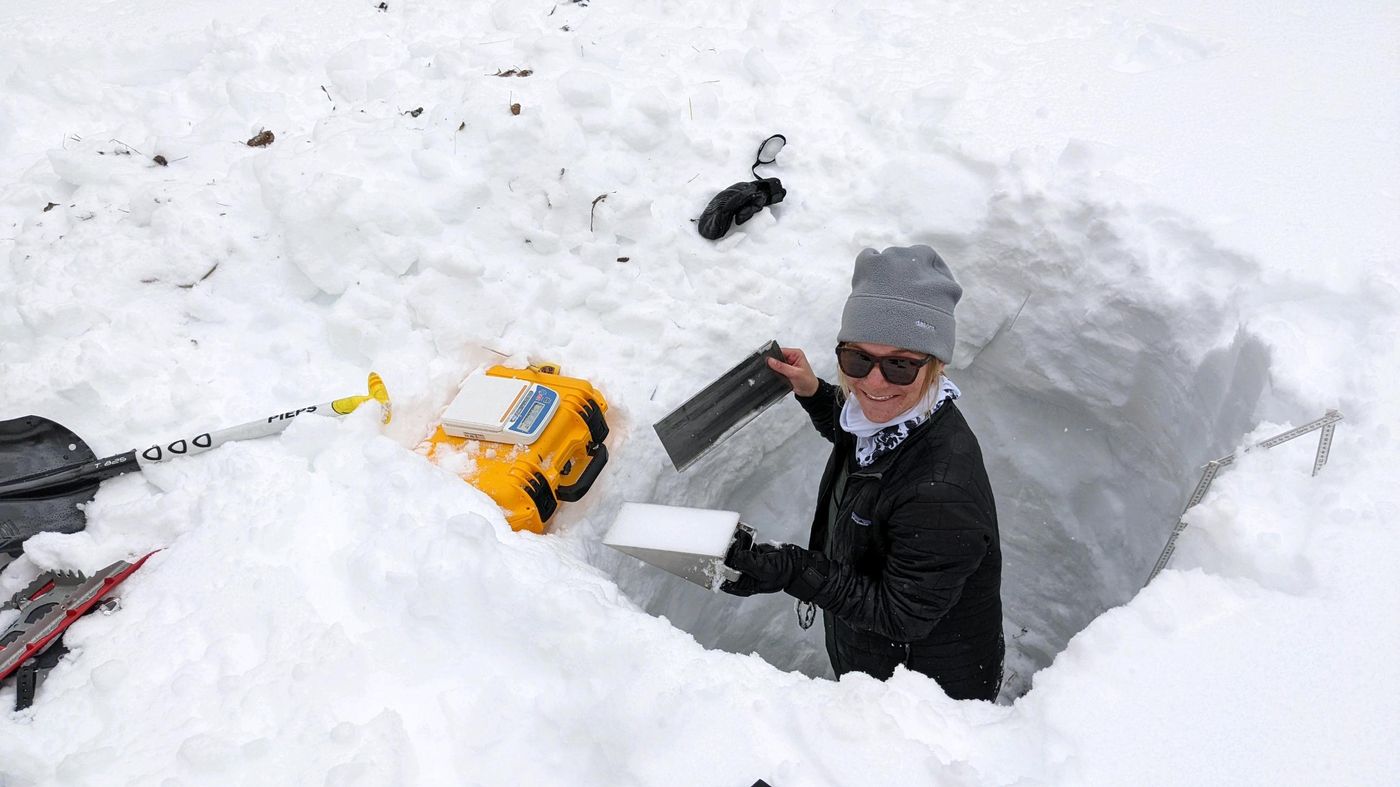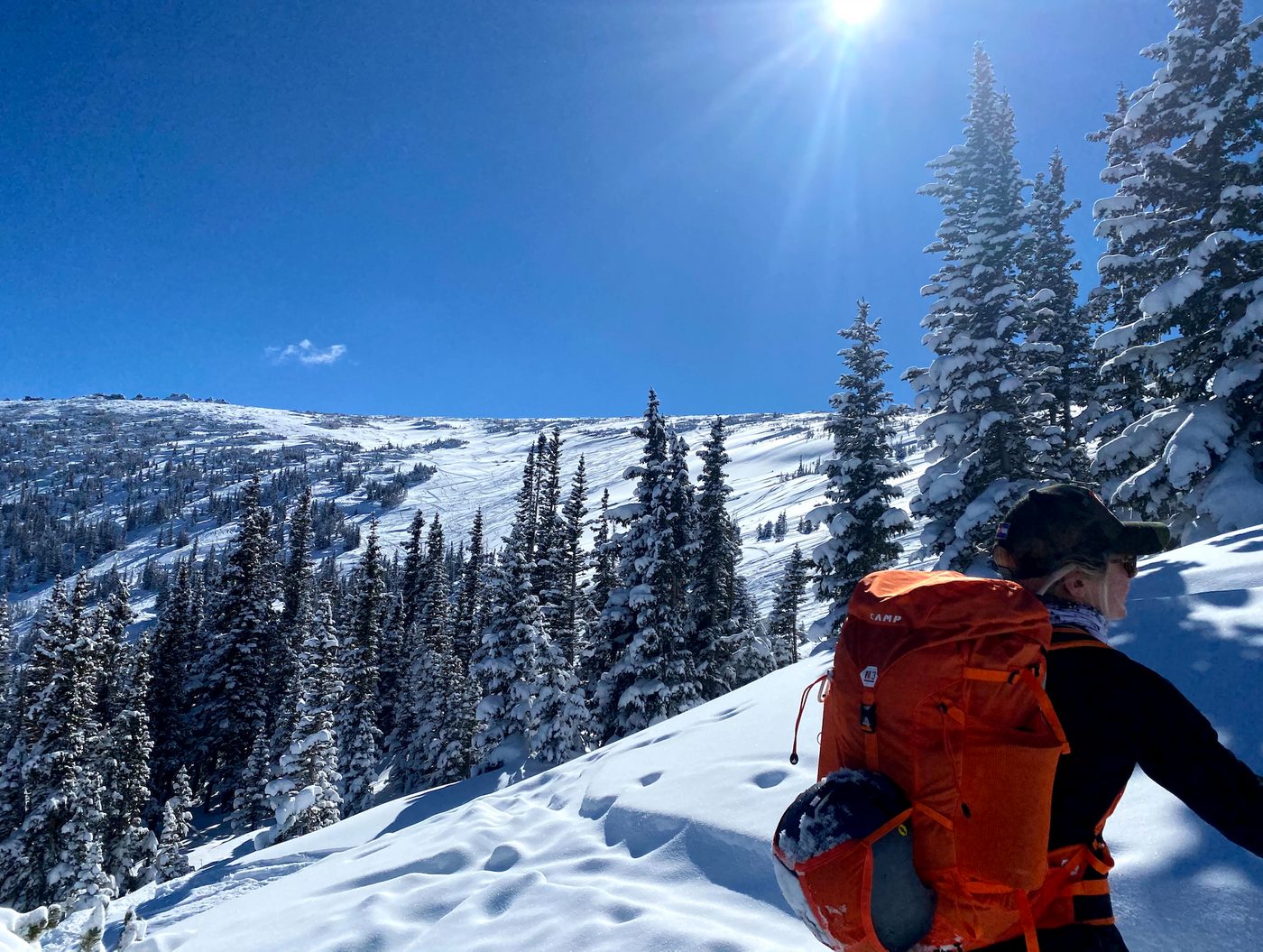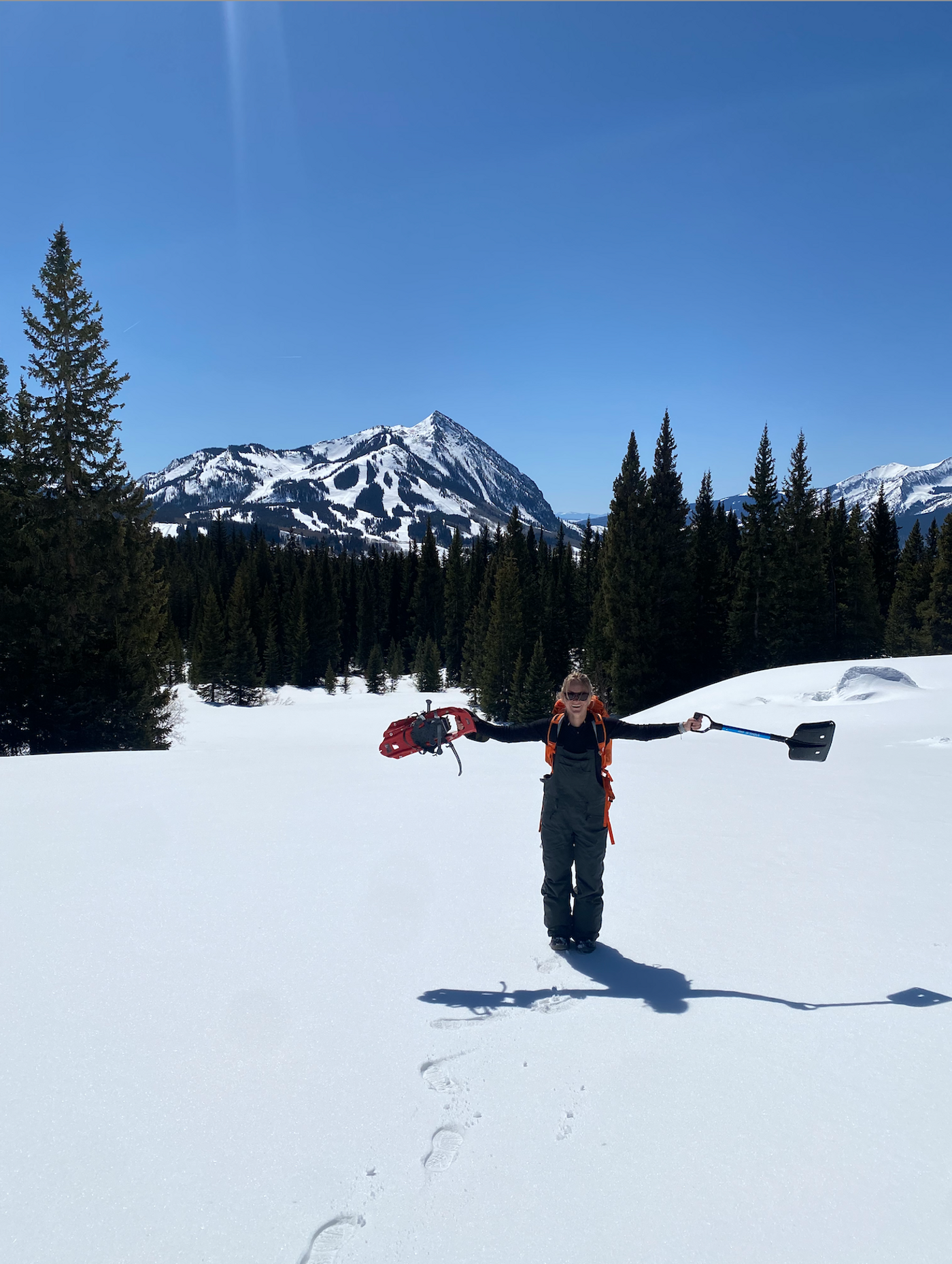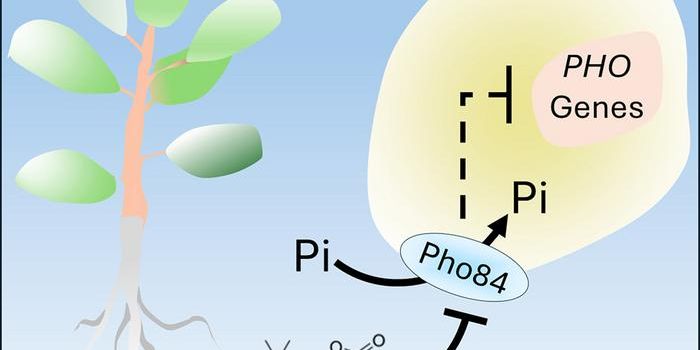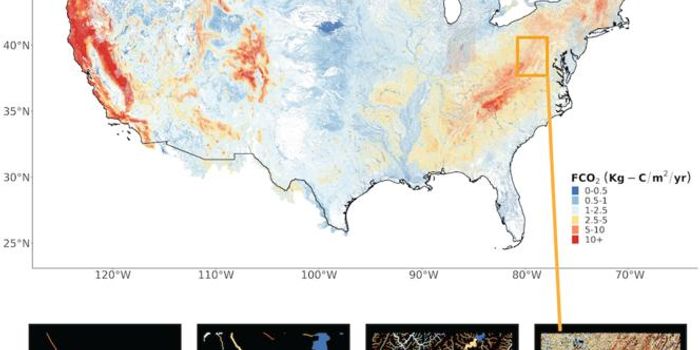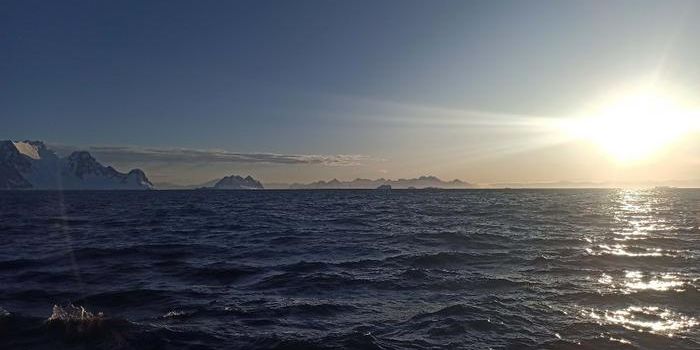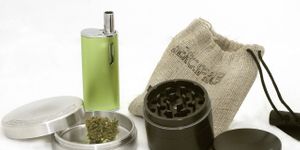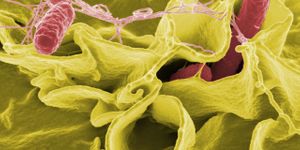Snow, Wildfires, and the Outdoors | Ally Fitts, MS Student at the University of Nevada, Reno
Ally Fitts is a second-year Master’s student in the Graduate Program of Hydrologic Sciences (GPHS) at the University of Nevada, Reno (UNR) and is part of the Computational Mountain Studies Lab run by Dr. Anne Nolin. Fitts’ research focus involves a combination of ground-based and aerial observations to analyze changes in snow albedo distribution among burned watersheds throughout the western United States and Alaska. This comes after earning a Bachelor of Arts in Geography and Environmental Studies at the University of Colorado Boulder (CU Boulder) and a Certificate in Hydrology with a focus on Geographic Information Systems (GIS).
Delta Junction, Alaska (Credit: Ally Fitts)
Fitts tells Labroots: “Comparing observations across scales will improve our understanding of the effects of wildfire on snow, which will further be implemented into watershed and global water supply forecasting models. This research complements my career goal of improving water resource management in the western United States through new and developing geotechnologies.”
Hailing from the East Coast, Fitts aspired to live among hiking trails and skiing, and learned at an early age that outdoor activities were as much of a privilege as a hobby. It was during her second semester at CU Boulder that her interest in studying snow continued to grow after learning about the research her Introduction to Geography professor, Dr. Noah Molotch, was pursuing, which evolved into an undergraduate internship and incorporating remote sensing into her research after several field campaigns in Crested Butte, Colorado.
Snow Pit Profile in Crested Butte, Colorado (Credit: Ally Fitts)
Rocky Mountain National Park (Credit: Ally Fitts)
It was Fitts’ senior year at CU Boulder that she was introduced to hydrology, which came while working with Dr. Keith Musselman as part of the National Science Foundation Arctic Rivers Project, whose goal was to achieve greater insight into the rapidly changing Arctic landscape and environment. This enabled Fitts to learn about the societal impact of hydrology, and after receiving encouragement from Dr. Musselman and other mentors, Fitts aspired to pursue graduate school upon earning her undergraduate degree.
Fitts tells Labroots she was initially drawn to UNR due to the close proximity to Lake Tahoe and its world-class skiing and was ultimately drawn to GPHS was the interdisciplinary approach the program offered, specifically the diverse hydrological research that was being conducted by both students and faculty. For example, she says her own graduate program consists of modelers, chemists, and field researchers all studying hydrology. However, she’s quick to point out the struggles grad students face, as well.
Crested Butte, Colorado (Credit: Ally Fitts)
Flying DJI Drone at CUAHSI Snow School in Heber City, Utah (Credit: Ally Fitts)
“Being a graduate student is challenging,” Fitts tells Labroots. “There are many financial challenges and personal sacrifices we face to further our education. It is important to put our heads down and work in order to meet deadlines and produce our research. However, I think academia lacks encouragement for work-life balance. It is easy to get stuck behind our computers seven days a week, constantly facing the reality that our work is never ‘done’. I personally believe there is something to be said about the importance of work-life balance, whether that’s setting boundaries with colleagues or shifting academic culture.”
Despite this, Fitts believes the GPHS is “moving in the right direction” with weekend trips to Lake Tahoe by both students and faculty and Reno having easy access to outdoor activities, but also with the expanding necessity for student mental health services.
As far as after graduation, Fitts aspires to go into industry for an applied hydrology position, and is still debating between government or start-up work, but says she’s excited getting involved in water resource management, specifically snow and wildfire research. Most of all, she aspires to achieve a collaborative career where she can work with individuals in both the workplace and communities.
Fitts tells Labroots, “My career goal is to use my education, which I am extremely grateful for, to assist communities that are being impacted by climate change - whether they acknowledge it or not. I want to be able to look back on my career in 30 years and confidently say I did my best to make the world a better place.”
As always, keep doing science & keep looking up!

